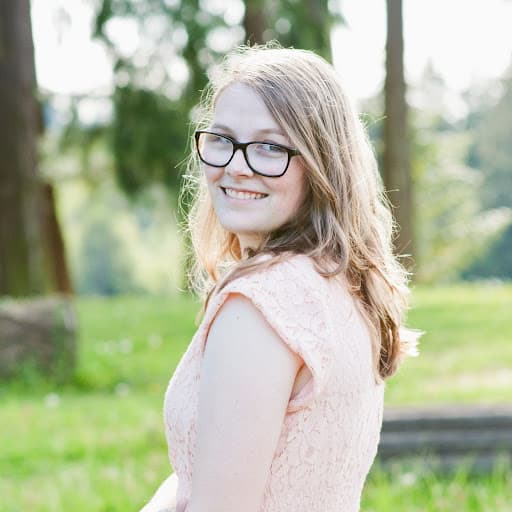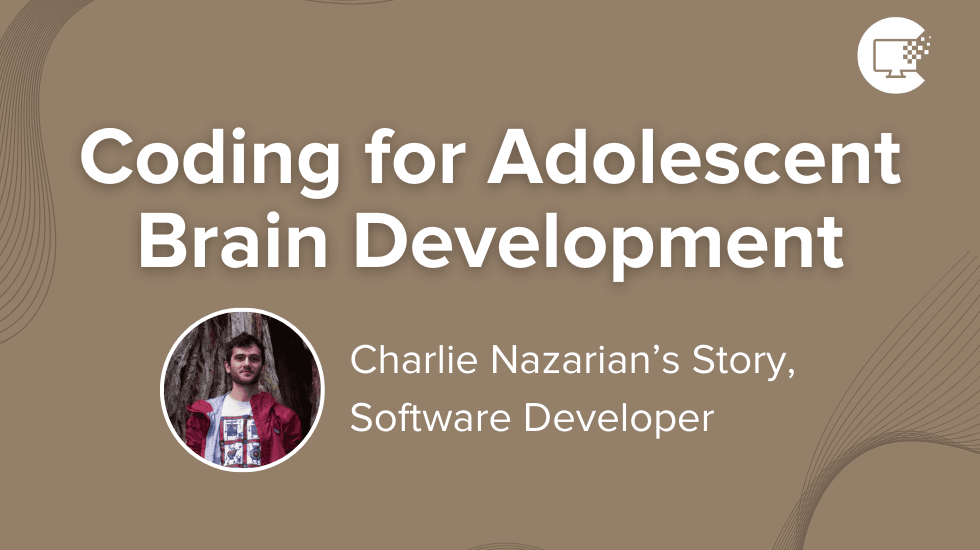
From signing in ASL to writing code that helps global organizations stay informed and safe, Amanda Aldrich’s story shows how computer science can make an impact in unexpected places. As a Software Engineer at Factal, Amanda Aldrich is building tools that power real-time awareness in a rapidly changing world.
From Sign Language to Software Engineering
Amanda didn’t start her college journey as a computer scientist. Her associate’s degree focused on American Sign Language (ASL), but everything changed thanks to a neighbor who worked as an engineer at Amazon.
That spark led Amanda to pursue a Bachelor of Science in Computer Science and Systems, and soon after graduation, she began her career at Microsoft. While she enjoyed the big-company experience, she discovered she preferred the pace and fit of smaller companies. After time at a few startups, she found her home at Factal, where her love of learning and building thrives.
Coding for Real-World Impact
Factal is a breaking news technology company where its platform delivers verified, real-time updates so organizations can protect their employees and clients during crises. Factal also provides access to NGOs and is developing a personal version to bring that safety-first news to everyone.
Amanda works on a small, agile team, which means she gets to touch every part of the tech stack from infrastructure to data science.
I get to write code every single day, sometimes it's a new feature or a bugfix, sometimes I am learning about the infrastructure or data science side of things. My current focus has been on implementing AI solutions for our user's workflows, and making sure we are doing so safely and as ethically as possible.
Building the AI Toolkit
One of the bigger projects Amanda is currently working on is the AI Toolkit, designed to support users who perform Open Source Intelligence (OSINT) work—analyzing publicly available data to make informed, actionable decisions. Currently they will take their data and spend a lot of time writing summaries and reports. This tool will help them write the reports faster and more accurately than before.
The Creative Side of Computer Science
Working in breaking news tech means constant innovation. “This field is young, so a lot of what we do hasn't been done before, or at least, not at this scale,” Amanda says. She loves that it blends logic and creativity, often requiring her team to make something new out of a simple “what if” idea.
It’s this creative problem-solving that makes computer science such an exciting field. It teaches you to think analytically but also to push boundaries. You will learn the rules so you can break them effectively.
Why Students Should Learn Computer Science
Amanda believes computer science opens doors far beyond coding. It’s not just about writing programs—it’s about learning to be curious.
I cannot stress enough how much computer science teaches you to be curious. This is so incredibly valuable in and out of the field, because it pushes you to ask the questions and ceaselessly search for answers, and that constant, iterative growth fundamentally changes how you interact with your environment, how you approach problem solving, and the ways you maneuver through an ever more connected and complex world.
Tools of the Trade
Amanda’s role requires a versatile toolkit. She regularly works with:
Python
JavaScript
SQL
JSON
Various templating and markup tools
CLI toolsets like Git and AWS

“When I am not at my desk building something cool, I am out on my little farm hanging with the animals or gardening. I love painting, mostly watercolor landscapes, and taking my camera on adventures.”


